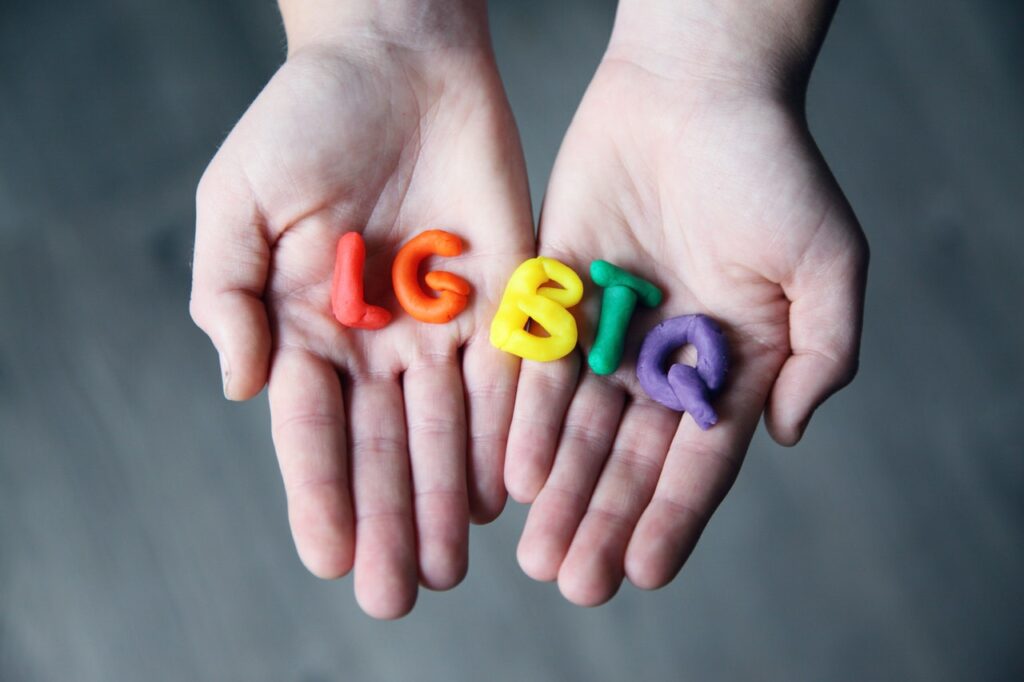In the long history of humanity, our society has changed quite a bit. While we’re still physically the same, the way we think and the way we interact with the world around us has changed dramatically. From our clothing to gender roles and views on violence, our way of thinking would probably be completely incomprehensible to our ancestors. We don’t even have to go that far, as some cultural norms have changed significantly just over the last hundred years.
To fully cover this topic, we’d have to write several doorstopper volumes and would still only scratch the surface. That’s why we’ll mainly focus on relatively recent history and the “Western” culture. The full breadth of the cultural norm shift through history is beyond the scope of this article.
So, let’s delve deeper into this fascinating topic, examine some social norms, and see how they changed through history.
Rigid clothing rules
We all know this one, but it’s not about the clothes themselves, but also what they signify and how they’re used. Clothing is a mark of status, class, gender, an occupation signifier… it can tell a lot of things.
The norm that really changed is the way we see clothes. The abovementioned signifiers just aren’t as rigid as they used to be. The obvious example is men wearing dresses and skirts (yes, it happens) and women wearing trousers (it’s a relatively new phenomenon) – both caused a huge uproar when the norm was first broken, and the former still does in some circles. Even with a group that accepts or celebrates it, there’s the initial surprise, an awareness that a norm is being broken.
The norm that we’re transitioning into seems to be the rejection of rigidly defined signifiers. Anyone can and should be able to wear anything without judgment or assumptions.
Gender roles/assumptions
This ties heavily into the previous point about rejecting rigidity and accepting flexibility. For a good chunk of known history, gender roles were fairly fixed – although they did depend on the culture itself, some cultures just had different expectations.

Women used to be tied to the home, doing housework and raising children, men went out and earned money to support the family, it’s just how things were done. If women did work, these were “soft” occupations, like a seamstress, a teacher, or secretary – in any case, most were expected to stop working once they got married.
The pressure of social change and an increasingly egalitarian society has changed these assumptions, and now women can now do whatever they want. There’s still some stigma with men who choose to be stay-at-home dads, but that’s changing too.
The importance of religion
Religion used to have a significantly higher degree of influence on people’s lives. It still does, but it’s much softer than it used to be. Going to the same religious institution your parents attended is still expected, but the norms associated with religious observance have been shifting for centuries.
Talking back to a priest, missing church on Sunday, eating non-kosher food, openly criticizing the locally dominant religion all used to be major taboos. Now, there’s still a degree of controversy, but people have thriving careers that are basically founded on trashing religious institutions and doctrines – justified or not.
Treatment of class
As ridiculous as it may sound to a post-enlightenment mind, showing deference to one’s “betters” was the norm for a huge stretch of our history. The notion that one’s birth elevated them above the “common” folk was generally accepted. The fall of feudalism signaled a change in cultural norms and values. While we still tend to romanticize royalty and nobility, mocking them has become much more popular in everyday life. Uncountable pages and hours of entertainment are dedicated to making fun of out-of-touch rich people and nobles.
If we take a look at American cultural norms, we can see that the country has had anti-royalist sentiments practically since its inception. Making a point of ignoring class is the norm now. After all, isn’t that what the American dream is all about?
Wrapping up
Just listing the most significant cultural norms would probably be longer than this whole article but the underlying cultural shift and the direction in which it’s moving is clear. There’s less rigidity and more acceptance; established rules are meant to be broken, and self-expression and individuality have replaced conformity.




